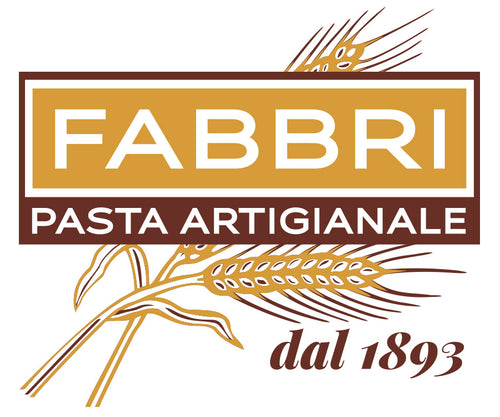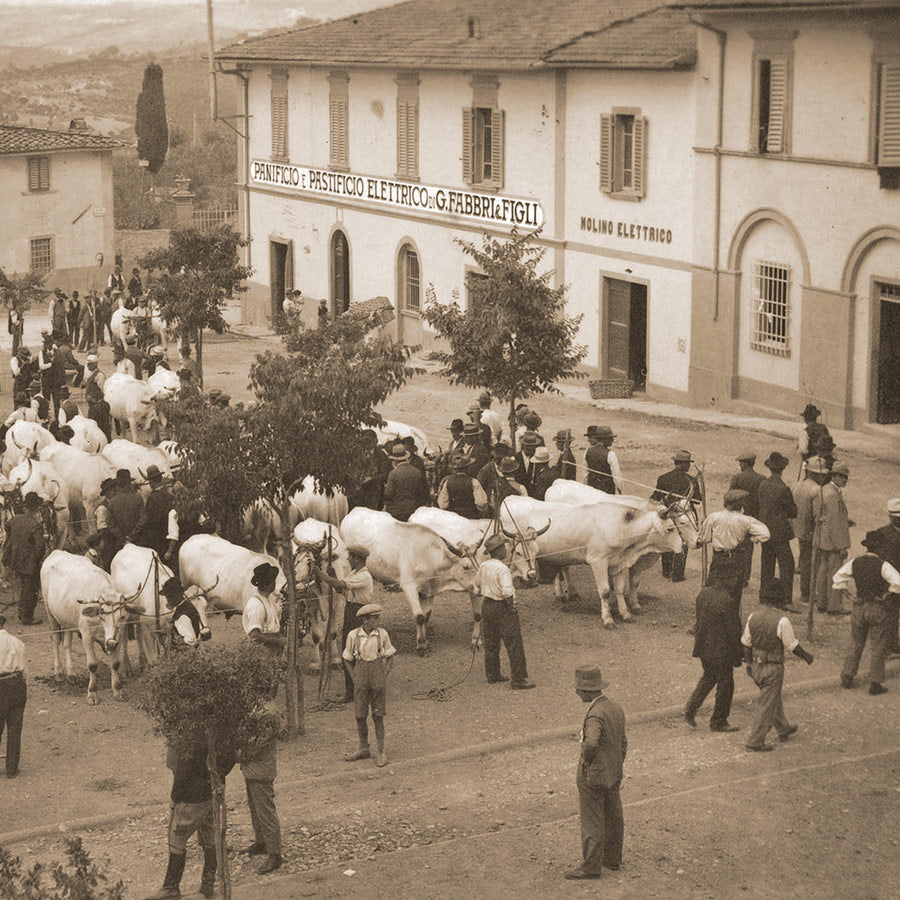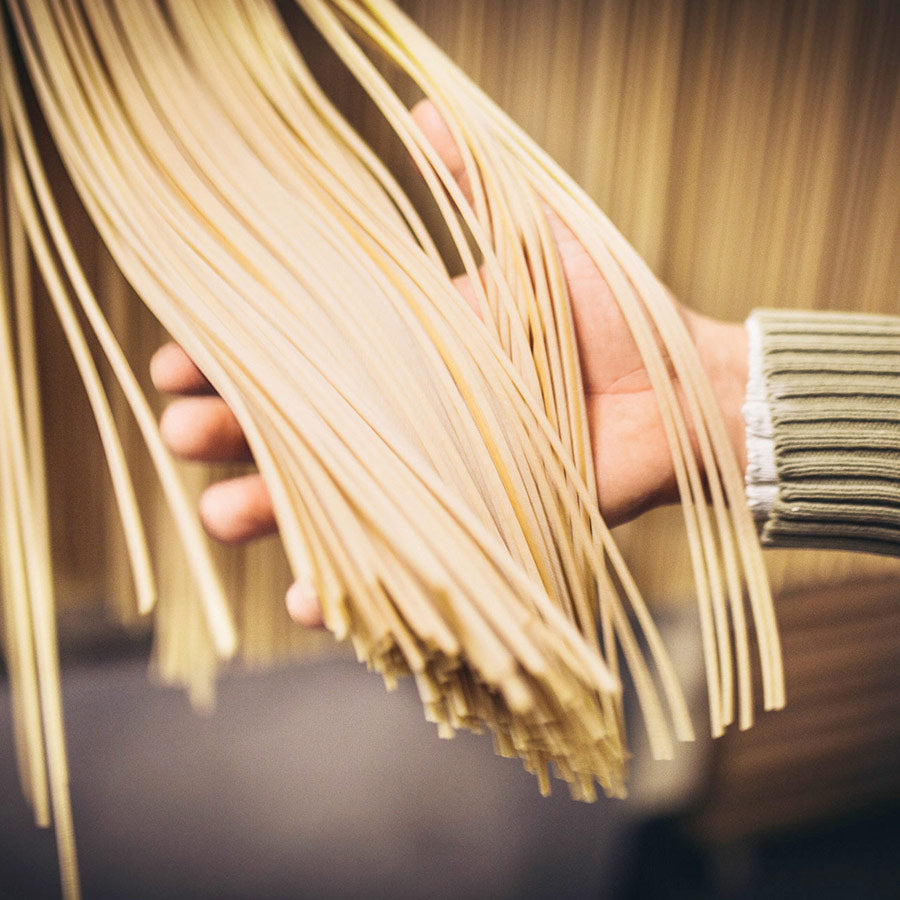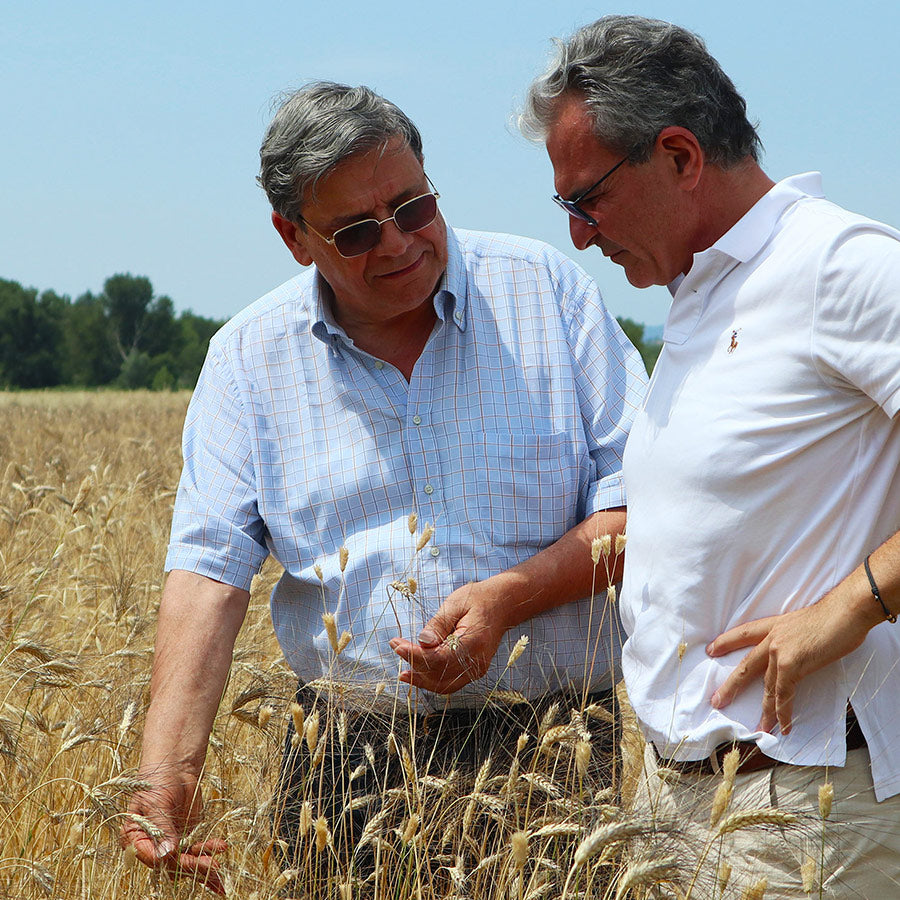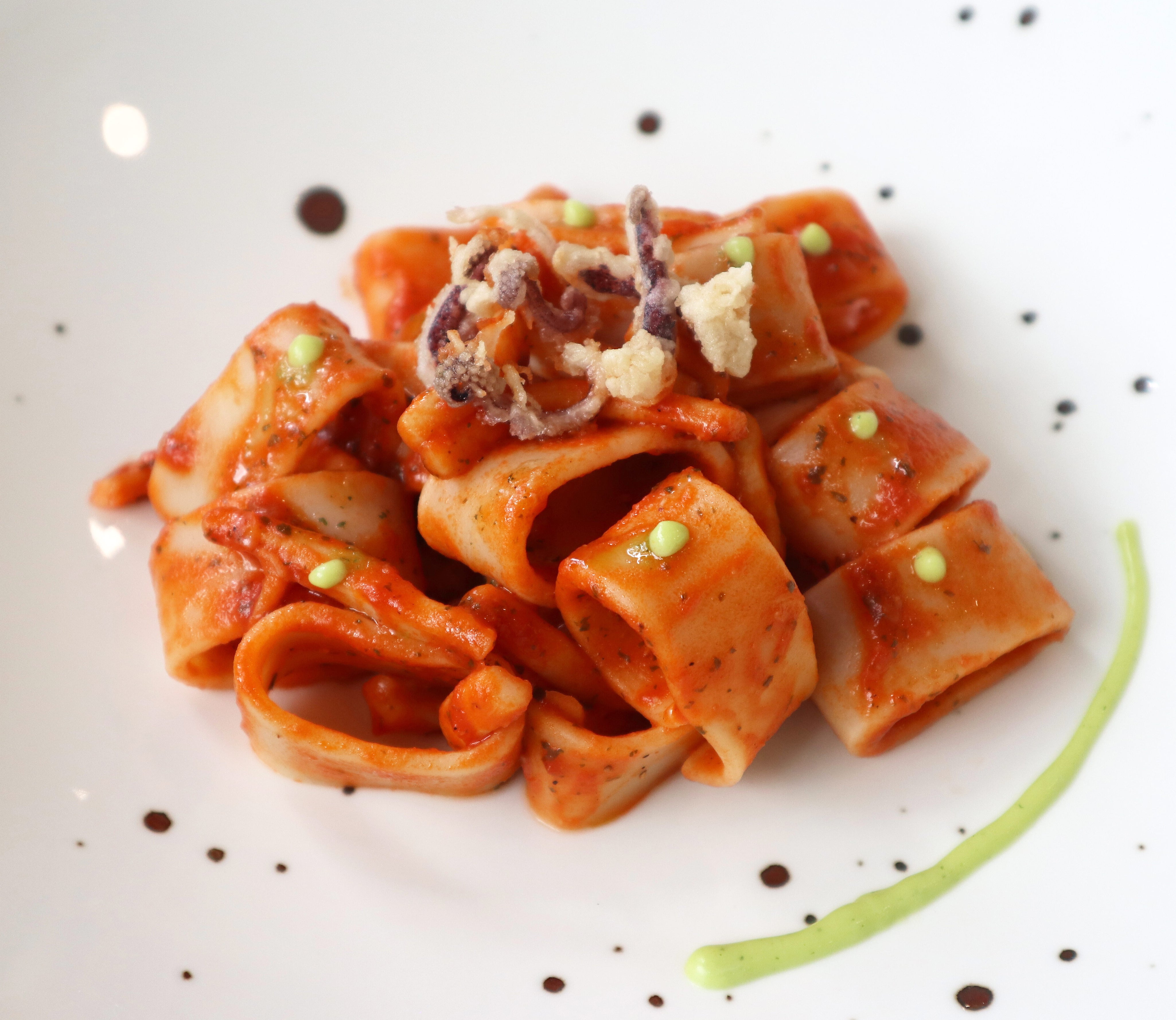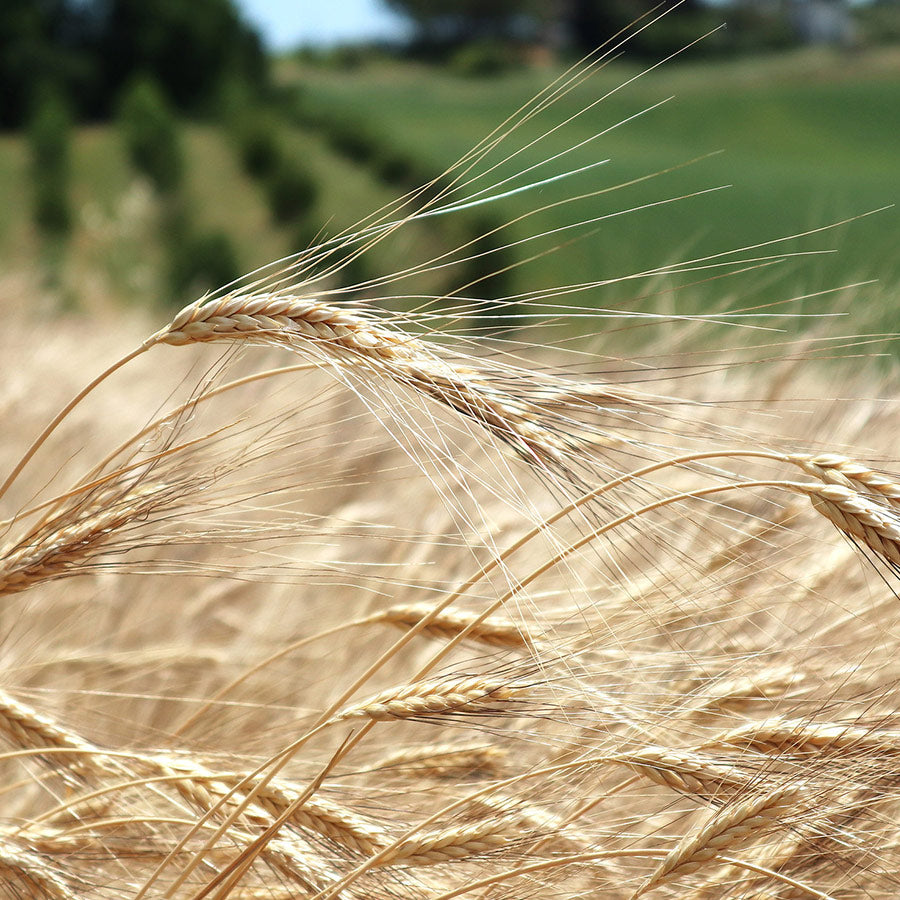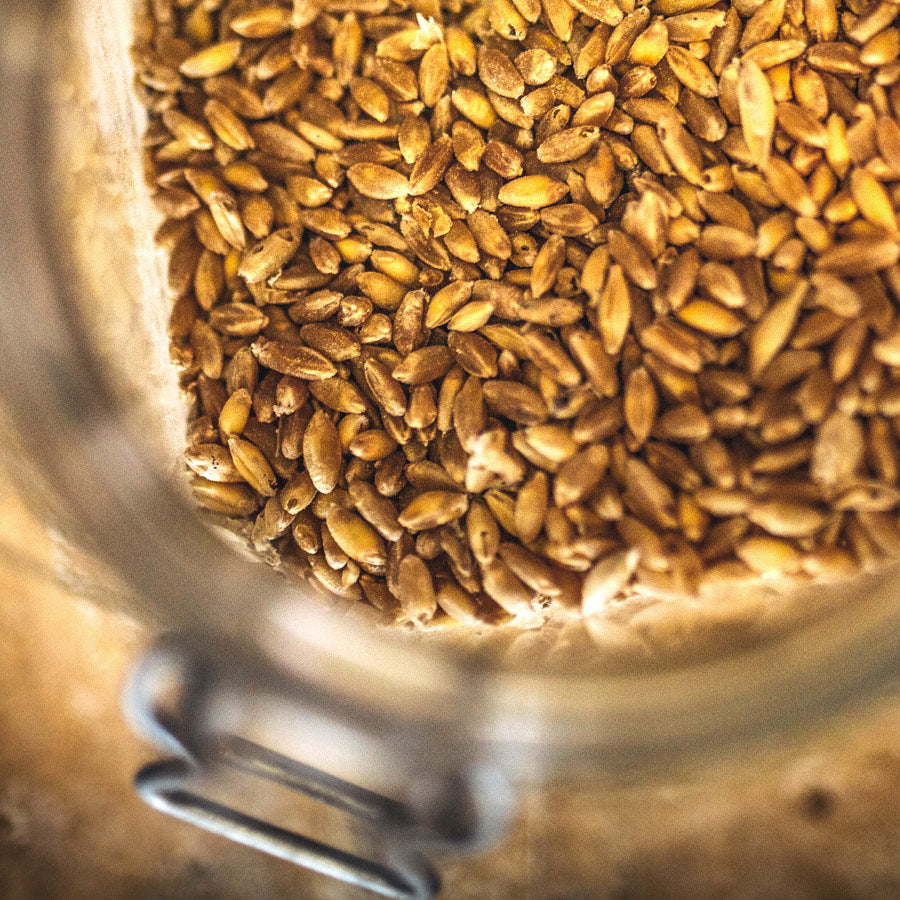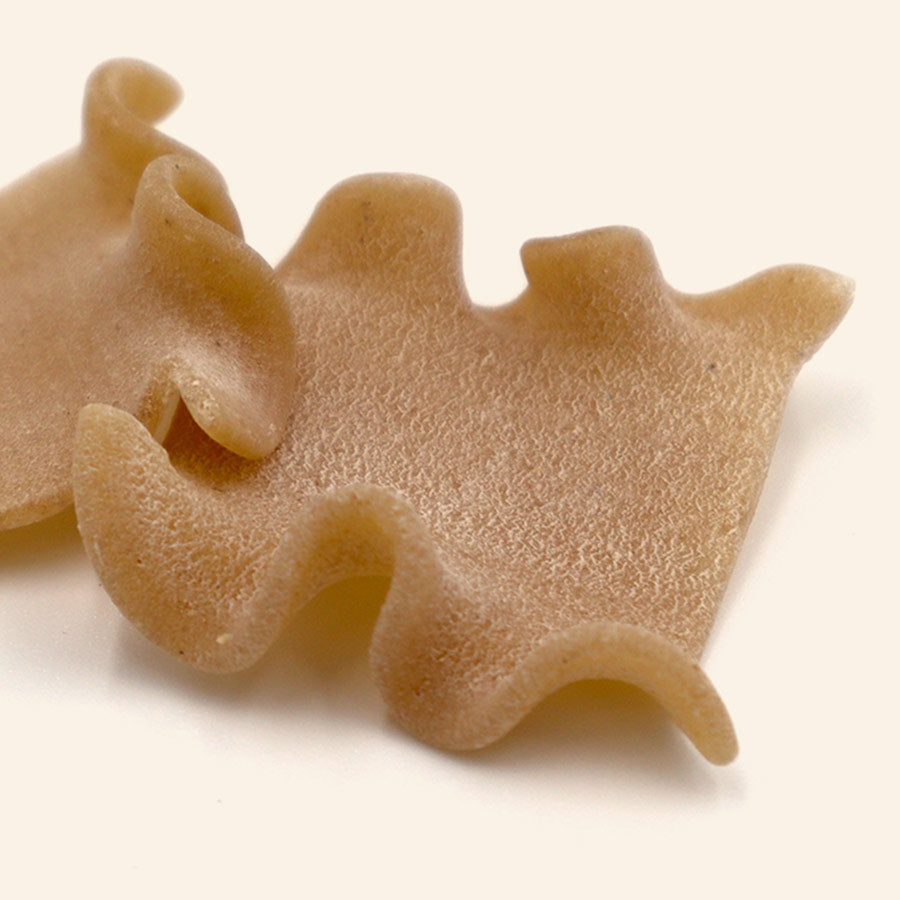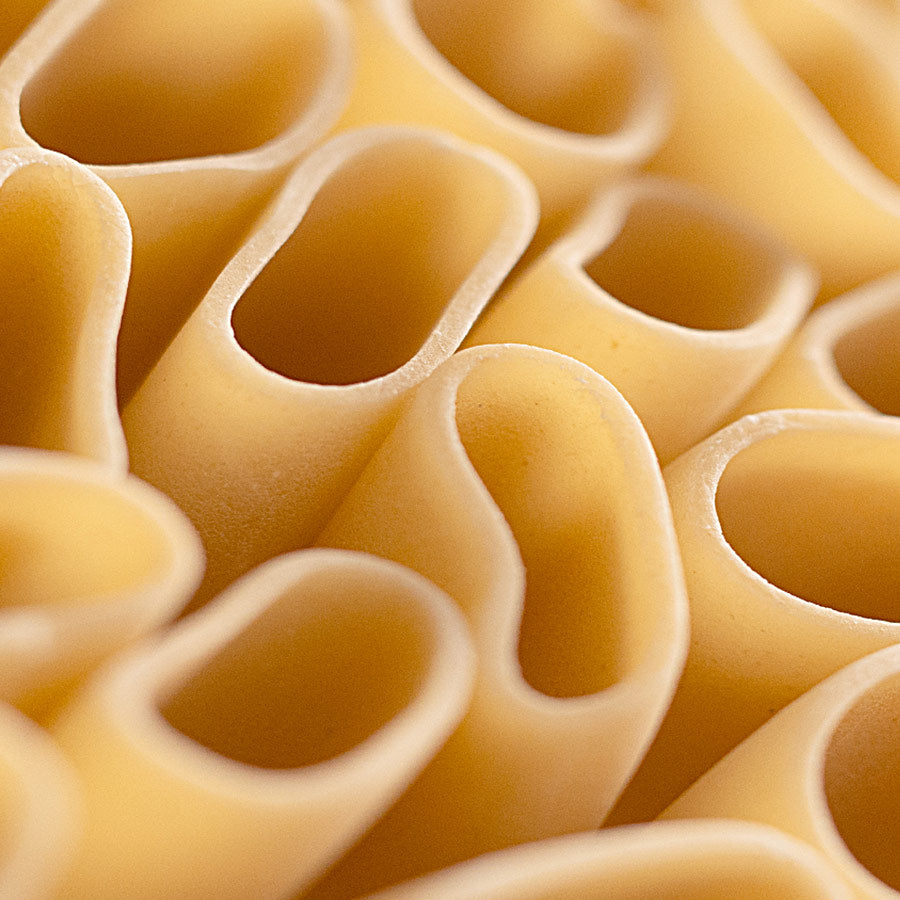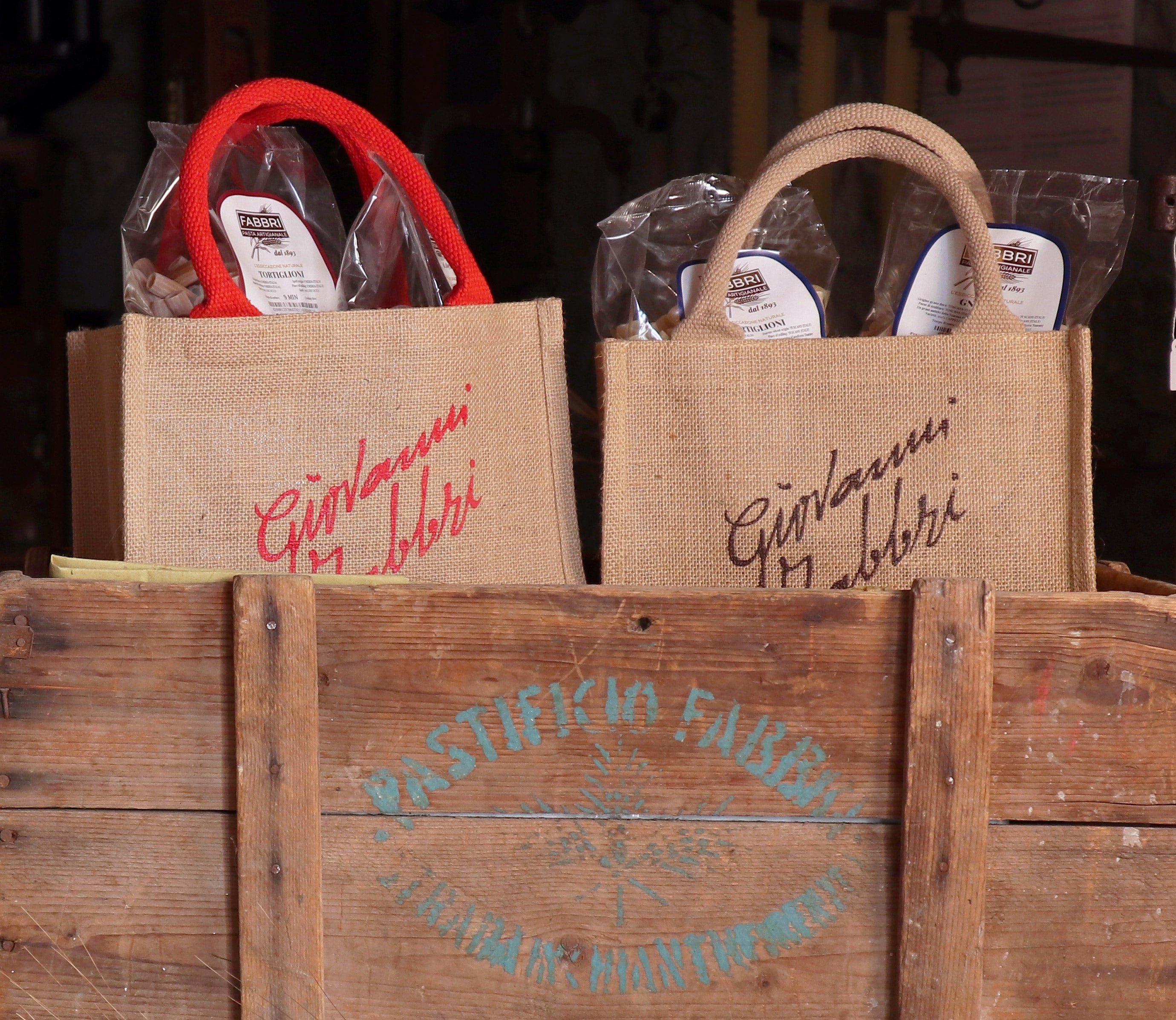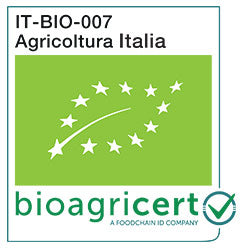Why do we use durum wheat semolina to make pasta?
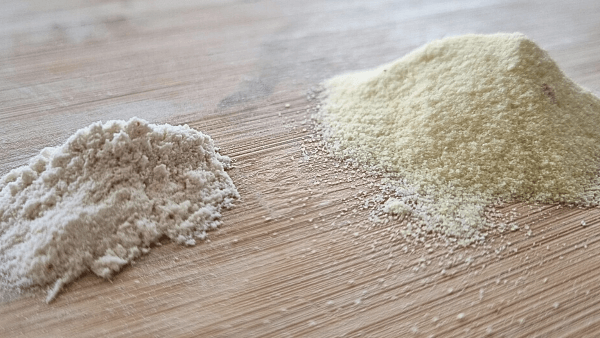
When we produce dry pasta, we use water and durum wheat semolina, and not soft wheat flour. Why? Do you know the difference?
Durum wheat and soft wheat
The difference between soft wheat and durum wheat lies mainly in the characteristics of the gluten and its final use.
We obtain semolina by grinding durum wheat. Flour is instead obtained by milling soft wheat.
Soft wheat is the most common type of wheat, widely used in the production of flour for bread, fresh pasta and desserts. Its gluten is softer and more elastic than durum wheat.
On the other hand, durum wheat contains a greater amount of tougher gluten. In fact, thanks to its consistency and durability, durum wheat is ideal for the production of dry pasta such as spaghetti, penne, fusilli and other shapes.
In addition, there is a law in Italy (Presidential Decree 187 of 2001) that establishes the obligation to produce pasta using only durum wheat semolina.
Durum wheat thrives on high temperatures. It is therefore common to find products such as pasta, bread and pizza made with durum wheat semolina in southern Italy. One such example is Sicily, where timilia, a variety of ancient durum wheat, is used for making pizza and bread. On the other hand, in the northern regions with a more favourable climate for the cultivation of soft wheat, it’s easier to make fresh pasta, such as the famous tortellini, gnocchi, or egg tagliatelle.
Here at Pastificio Artigiano Fabbri, we select ancient durum wheat semolina like organic Senatore Cappelli durum wheat, because we’re sure that the gluten is both tough and at the same time elastic, so much so that it absorbs sauces later.
If you’d like to learn more about how we produce spaghetti, click here.
